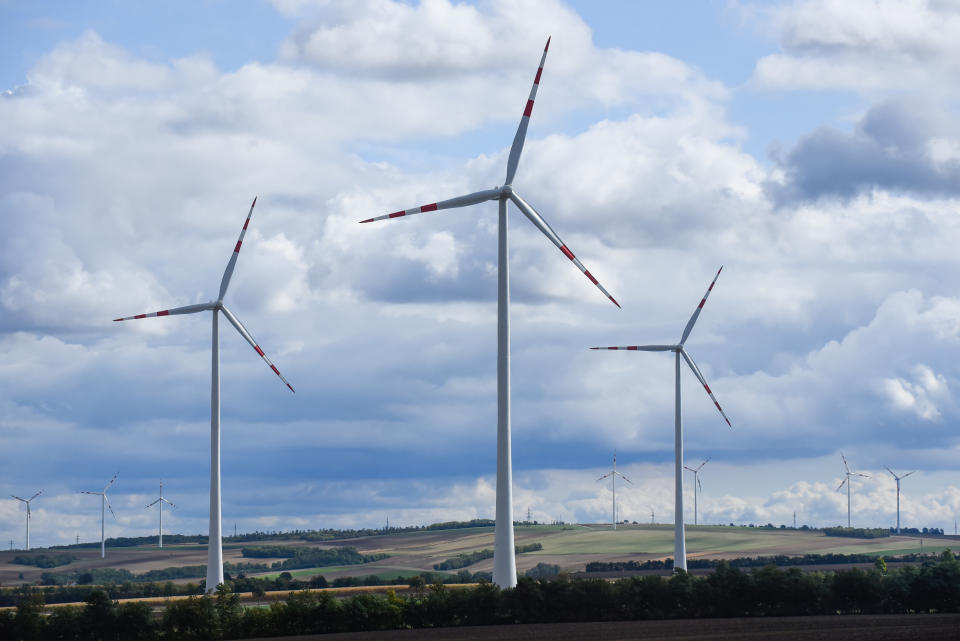Singapore's Temasek ramps up push into renewables

By David Ramli and Dan Murtaugh
(Bloomberg) -- Singapore’s Temasek Holdings Pte is considering setting up a new unit to house renewable power projects as it increasingly eyes energy investments outside of fossil fuels.
While the S$313 billion (US$228 billion) state investor remains open to looking at coal and oil deals, the rising volatility of commodity prices combined with society’s shift toward sustainability means it’s not as attractive a space anymore, said Nagi Hamiyeh, the investment group joint head of Temasek International.
“Now that most of these renewables have reached grid parity, we believe that these make much more sense for us to invest in, more than fossil fuels,” Hamiyeh said, referring to the stage at which such assets’ output makes them as cheap as other forms of energy. He added that Temasek sees natural gas as a relatively clean energy source.
Temasek’s investment thesis and stance on environmental, social and corporate governance issues mirrors many other large global investors that now actively favor sustainable deals. Last week, people familiar with the matter said Temasek had decided against investing in Saudi Aramco’s initial public offering, in part over environmental concerns.
One historic detraction of renewables has been the returns. Oil and gas-drilling projects have traditionally offered higher returns to offset the exploration risks involved. Renewable projects, meanwhile, tend to follow a low-risk, low-reward model pioneered by utilities.
Greenfield Projects
Hamiyeh said Temasek was prepared to invest in greenfield projects -- this would mean taking on the risk the projects fail because they can’t sign off-take agreements or receive government approval.
“If you don’t want to be in an area whereby it’s single-digit returns, it has to be a mix,” Hamiyeh said. “The real alpha generation is going to be in greenfield.”
Because Temasek doesn’t want to build renewable energy projects on its own, Hamiyeh said two options are under consideration.
The first would be finding a partner who would be the operator with Temasek’s financial backing; the second would be finding a team of experts and building a platform around them. That’s a method the state investor employed in 2013 with the formation of Pavilion Energy Pte, which has one of two licenses to import liquefied natural gas into Singapore and plans to become a global LNG trader.
“To me, these would be the only two ways to get to a scale and to be able to justify the risk-adjusted returns we’ll get out of it,” Hamiyeh said, declining to say how much money Temasek will put into renewables or when it will make investment decisions.
To be sure, Temasek remains invested in companies like Keppel Corp., a builder of oil and gas rigs, and FTS International Inc. The U.S. shale fracking firm has seen its market value plunge over the past 18 months amid concerns over its high leverage and challenging industry operating conditions.
Hamiyeh said Temasek frequently shares its prognosis of the fossil fuel market with its partners, but doesn’t dictate to portfolio companies how they should run their businesses.
“When you look at increasing eco-conscious solutions, for example, we think they’re going to create trillions of dollars of business opportunities in the next couple of decades,” he said, which could include everything from meat alternatives to green energy. “We want to be part of it.”
© 2019 Bloomberg L.P.
Share

